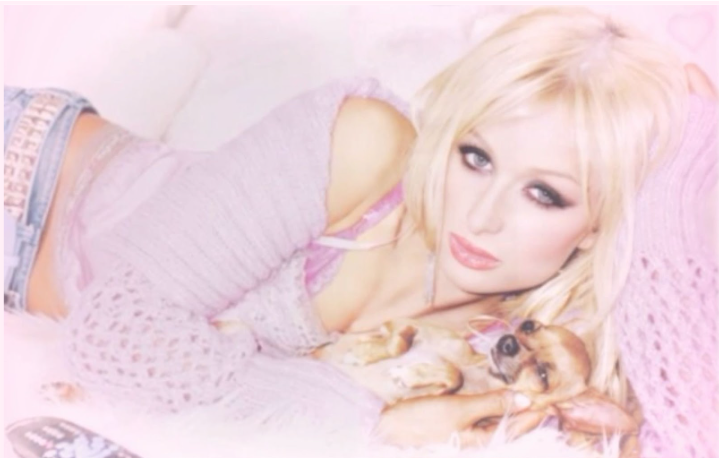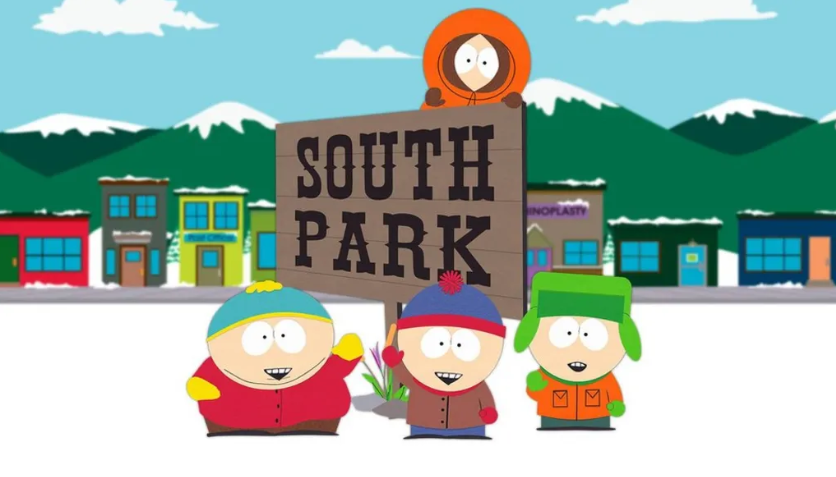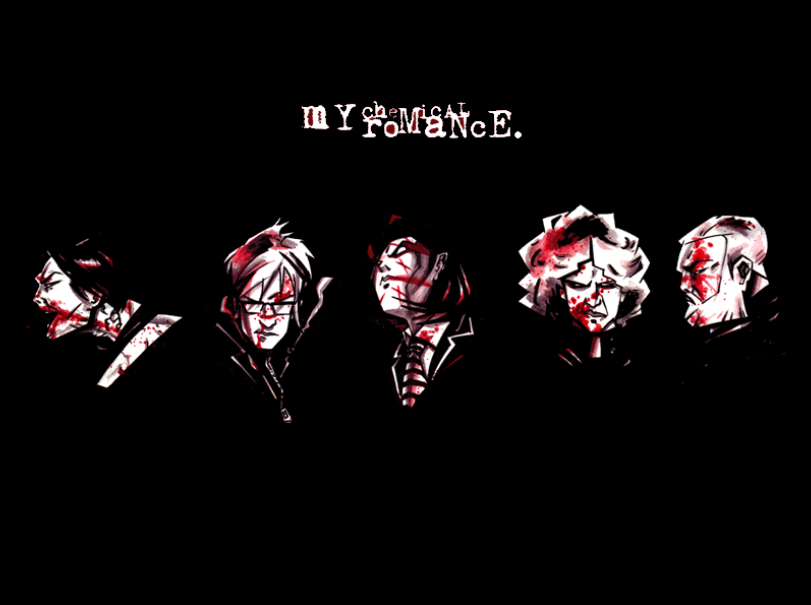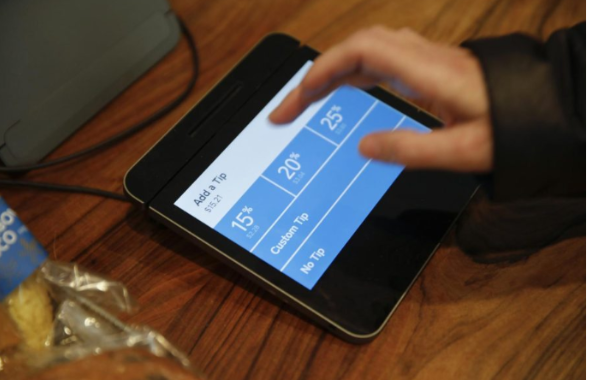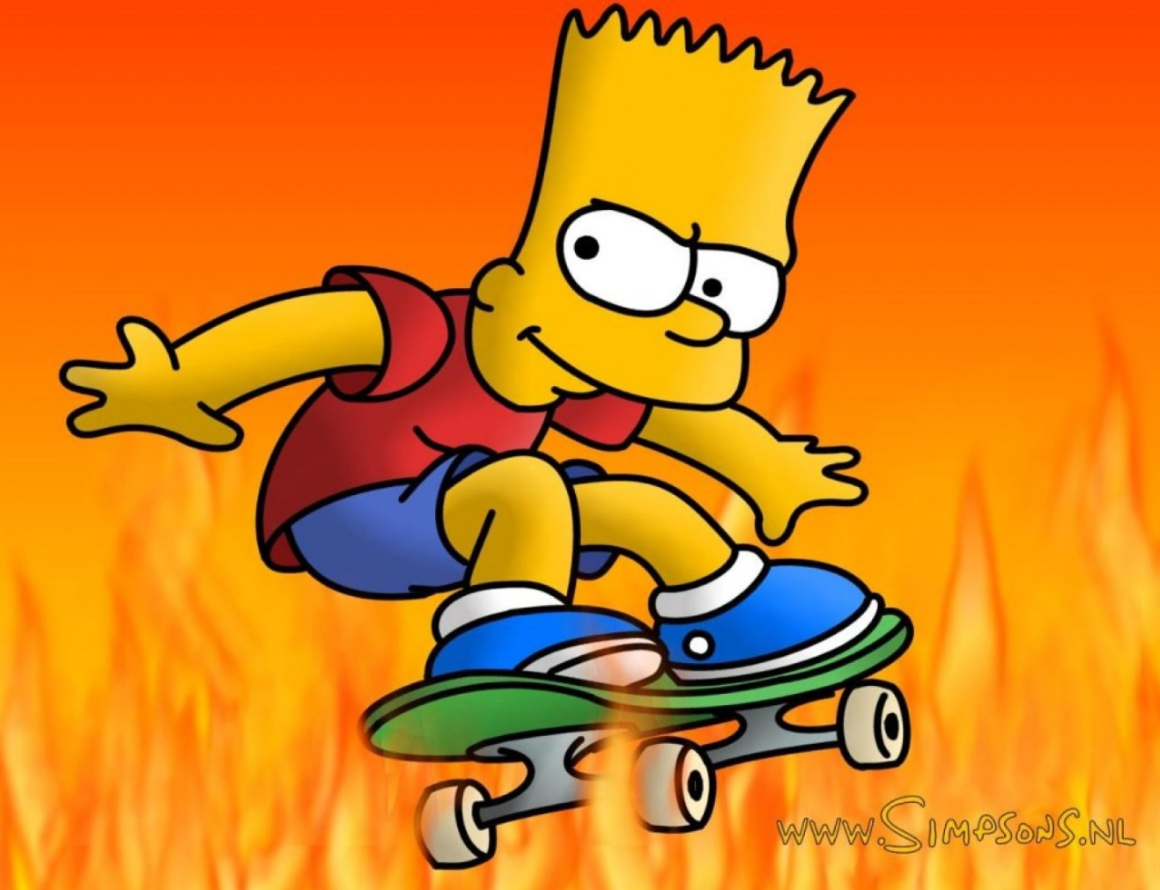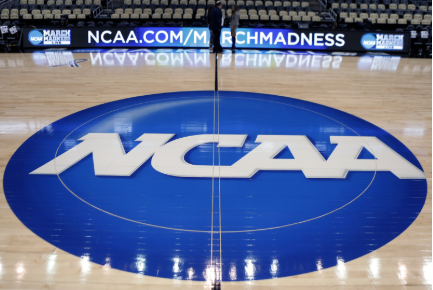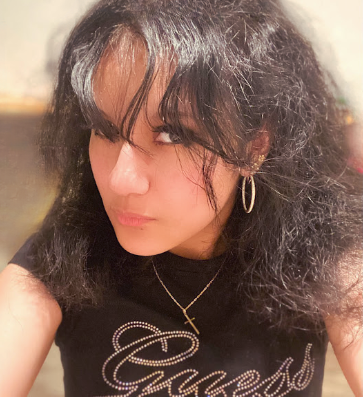Love her or hate her. The heiress has made her entrance. Paris Hilton, the quintessential Y2K icon, epitomized the glitz and glamour of the early 2000s. With her signature catchphrases, bold fashion choices, and ubiquitous presence in the media, she became a symbol of the era’s celebrity culture. Hilton is often characterized by her lavish lifestyle and controversial antics. However, she should be respected for her business acumen, having built a successful brand and multiple businesses. Her entrepreneurial spirit and resilience in the face of criticism demonstrate a depth often overlooked by her critics.
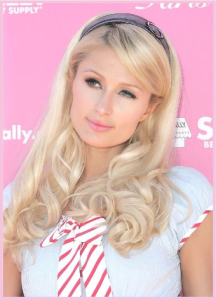
When Paris was 16-years-old, she had a habit of sneaking into nightclubs with her sister, Nicky. Growing up, Paris was a tomboy and had a fondness for animals, whereas Nicky was a girly-girl. Her adventurous spirit and determination to carve her own path were evident even in her teenage years. Paris’ love for animals also led her to advocate for pet adoption and animal rights.
Following Hilton’s delinquent behavior, she was kidnapped in her own home and pleaded for her parents’ rescue. Paris was sent to Provo Canyon Boarding School, located in Utah. She was taken away involuntarily and had a previous history of fleeing her former schools. The boarding school allegedly dehumanizes students and treats them as inmates prescribing them antipsychotic medications according to The Salt Lake Tribune and USA Today.

Paris remained at the boarding school for 11-months, and she was not allowed contact with her family in New York. According to her documentary, all she could think about was her future, which was the light at the end of the tunnel. She knew she had to get out. “I used to have severe nightmares since I was teenager and severe insomnia basically my whole life,” Paris said.
As a result of her experiences, the heiress became an activist, protesting against abusive youth reform institutions according to This is Paris (2020). Hilton has shifted from the party-girl image to valiant advocacy, particularly with her work exposing the abuse she suffered at Provo Canyon School.
On December 2nd, 2003, FOX aired The Simple Life to audiences, introducing viewers to Nicole Richie and Paris Hilton. The premise of the reality show revolves around the socialite duo, who sacrifice their lavish lifestyles and move to rural areas. Following the show’s airing, the two became known for their provocative, frivolous, and salacious antics. Whereas her best friend, Nicole, was notable for her mischievous, yet hilarious pranks, Paris portrayed a cheerful, carefree character, who had a vain and vapid streak.
Despite facing intense media scrutiny, Hilton capitalized on this attention and used it to further her brand. Hilton embraced a more modern, edgy, and playful persona, positioning herself as an independent figure in the entertainment industry.

South Park’s signature sophomoric humor (S8:E12) created an untrustworthy portrayal of Paris’ character as promiscuous, depicting her in skimpy clothing. The episode’s exposition starts with Paris opening up a shop, and later concludes by a ‘showoff.’ However, by the end of the episode, modesty is emphasized as a virtue. In a way, some argue that it crossed Paris’ personal boundaries, whereas others could’ve found this comedy if it was mean-spirited.
Matt Stone and Trey Parker, the creators of South Park, stated the episode was to satirize celebrity culture and the absurdity of those oversaturated lifestyles. Albeit, their humor aims to tease, educate, and reflect a broader critique to viewers than personal animosity.
Initially as a façade to the tabloids, Hilton’s bubbly ‘airheaded’ alter-ego rapidly gained notoriety. Tabloids scrutinized the heiress and kept a keen eye on her dating life and she was recognized for her nightclub socialite affairs. She was often photographed with her ex-boyfriend, Stavros Niarchos III, whom she dated on/off from 2005 to 2007. Much to his family’s disdain, who saw Paris as an “embarrassment” and threatened to cut-off Stavros’ inheritance. The Greek heir’s lineage did not see Paris as compatible nor suitable.
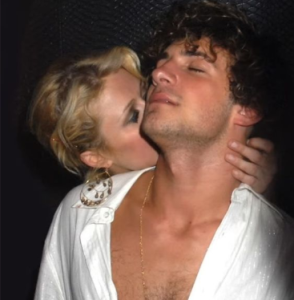
The “Bimbo Summit,” a term coined by The New York Post, refers to the infamous 2006 night out, featuring Hilton, Spears, and Lohan. Spears and Hilton faced constant media scrutiny in the mid-2000s, with their personal lives dissected by tabloids. This moment became emblematic of the era’s obsession with young female celebrities and their perceived wild behavior, cementing their status as tabloid favorites.
In 2007, Paris Hilton was arrested for violating her probation related to an alcohol-related reckless driving case. At first, she was arrested for driving under the influence (DUI) in September 2006. Convicted of violating her probation related to a reckless driving charge, Hilton served 23-days in jail, which forced her to confront the consequences of her actions publicly. This experience demonstrated that she was more than just a party girl; it revealed a deeper side of Hilton that was ready to take responsibility and grow from her mistakes, contrasting the superficial image often portrayed by the press. Paris was willing to face the consequences of her actions.
Although born to the Hilton bloodline, Paris defies nepotism, able to compete outside of inheritance. Barron Hilton, her grandfather, in 2007, donated 97% of his $4.5 billion fortune to charity. His decision meant that Paris could no longer rely on generational wealth to sustain her future. This led Paris to become an entrepreneur as she stepped into acting, fashion, and music.
She launched 29 perfumes, making her one of the highest-grossing celebrity fragrance entrepreneurs. Her perfume sales surpass $2.5 billion globally.
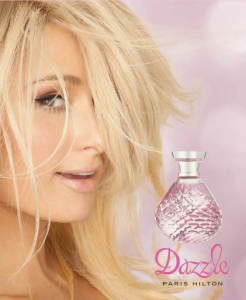
‘Stars are Blind’ hit No.18 on the US Billboard Top 100, well-received by critics. Hilton built her own brand around her name and image. She expanded her empire via her business ventures. Paris’ ability to turn her fame into a successful, long-lasting business empire demonstrates her defiance of traditional expectations of nepotism and the caricature of her depicted in the tabloids.








